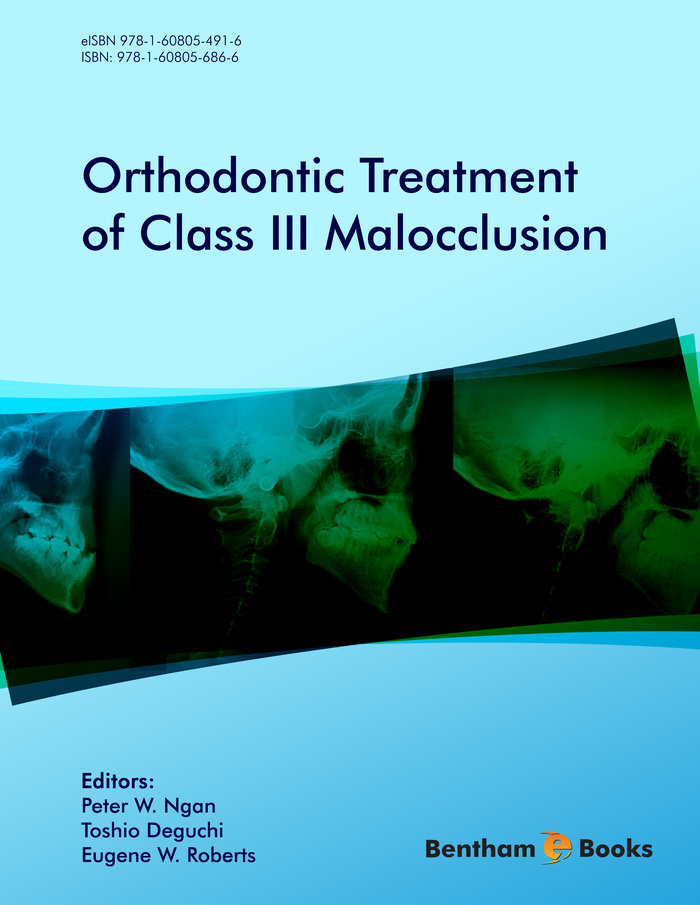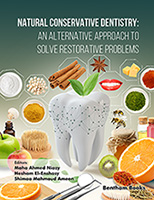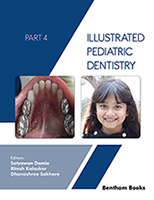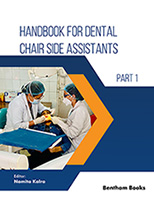Introduction
"Orthodontic Treatment of Class III Malocclusion is a clinical textbook which highlights both research findings as well as clinical treatment of patients with Class III malocclusions. The volume equips readers with a critical review of present information about 1) the craniofacial biology behind various treatment strategies, 2) Diagnosis and treatment planning in both growing and non-growing Class III patients and 3) Contemporary orthodontic appliances using implants and miniscrews.
The book is divided into sections proving evidence-based research on the following aspects of Class III malocclusions:
- - the genetic and epigenetic factors
- - contemporary diagnosis and treatment planning for patients
- - early treatment of Class III problems
- - treatment of Class III problems in the adolescents
- - surgical treatment of adult Class III patients
- - treatment of Class III problems in patients with craniofacial anomalies
Orthodontic Treatment of Class III Malocclusion will empower clinicians with a sound knowledge about rationale for using certain treatment modalities and will help both general practitioners and specialists such as pediatric dentists and orthodontists to use this information for their daily practice."





